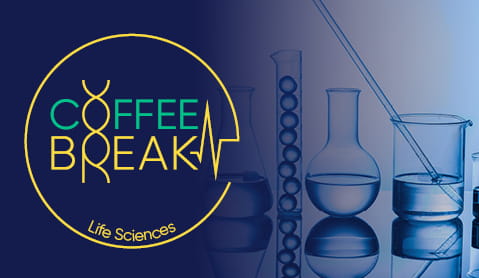- Home
- News & insights
- Events
- Online
- Beyond Borders: The…

Beyond Borders: The Legal Pulse of Cross-Border Telemedicine
Coffee Break Life Sciences | Telemedicine knows no borders – but the law often does.
In this informative webinar, our experts examined the evolving regulatory landscape that is shaping digital healthcare across European borders.
Our speakers — Karolina Lange-Kulmann, Kathleen Munstermann-Senff and Katharina Häberle — shared practical and legal perspectives on:
-
European directives governing telemedicine services across member states
-
Key formats of cross-border care: synchronous, asynchronous, remote monitoring and mixed treatments
-
Legal tensions in Germany, especially around medical advertising and professional law.
-
A pending case before the European Court of Justice addresses key questions regarding the applicability of national law in cross-border telemedicine contexts.
Key learnings:
- Know your jurisdiction: Telemedicine providers must determine whether the applicable law is that of their own country or that of the patient. The distinction between the 'country of origin' and the 'country of destination' principle remains a central consideration in assessing the legal framework governing a business model.
- European Directives Matter: EU regulations create a complex framework that can enable or restrict cross-border healthcare. Compliance requires careful navigation of overlapping rules.
- Legal clarity is on the horizon: The discussed ECJ ruling – which has been published 11 September 2026 – appears to transform the regulation of cross-border telemedicine, particularly with regard to remote treatments and digital platforms. Click here for a detailed update and analysis.
- Advertising restrictions are real: German law imposes strict limits on medical advertising, which can conflict with broader EU freedoms. Mitigating resulting risks is crucial when promoting services across borders.
- Digital and global healthcare comes with exciting opportunities: Successful providers navigate challenges smartly and seize opportunities although remote care faces a push and pull between innovation, regulation, and competition.
Access the recording

Would you like to receive future invitations to our webinar series?
Sign up to mailing list

